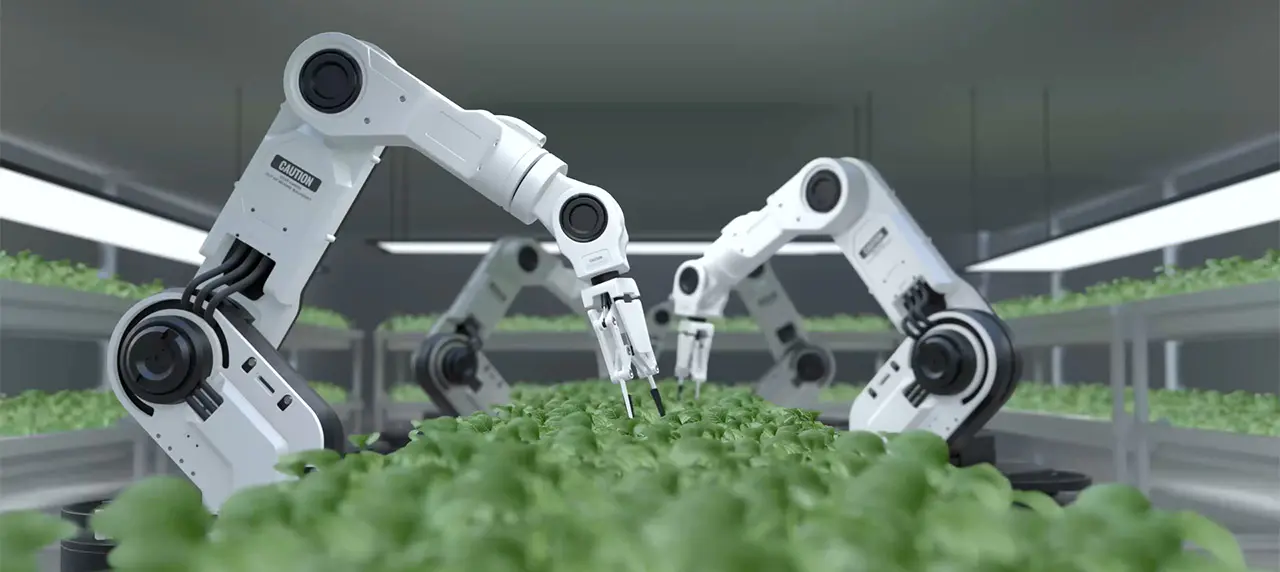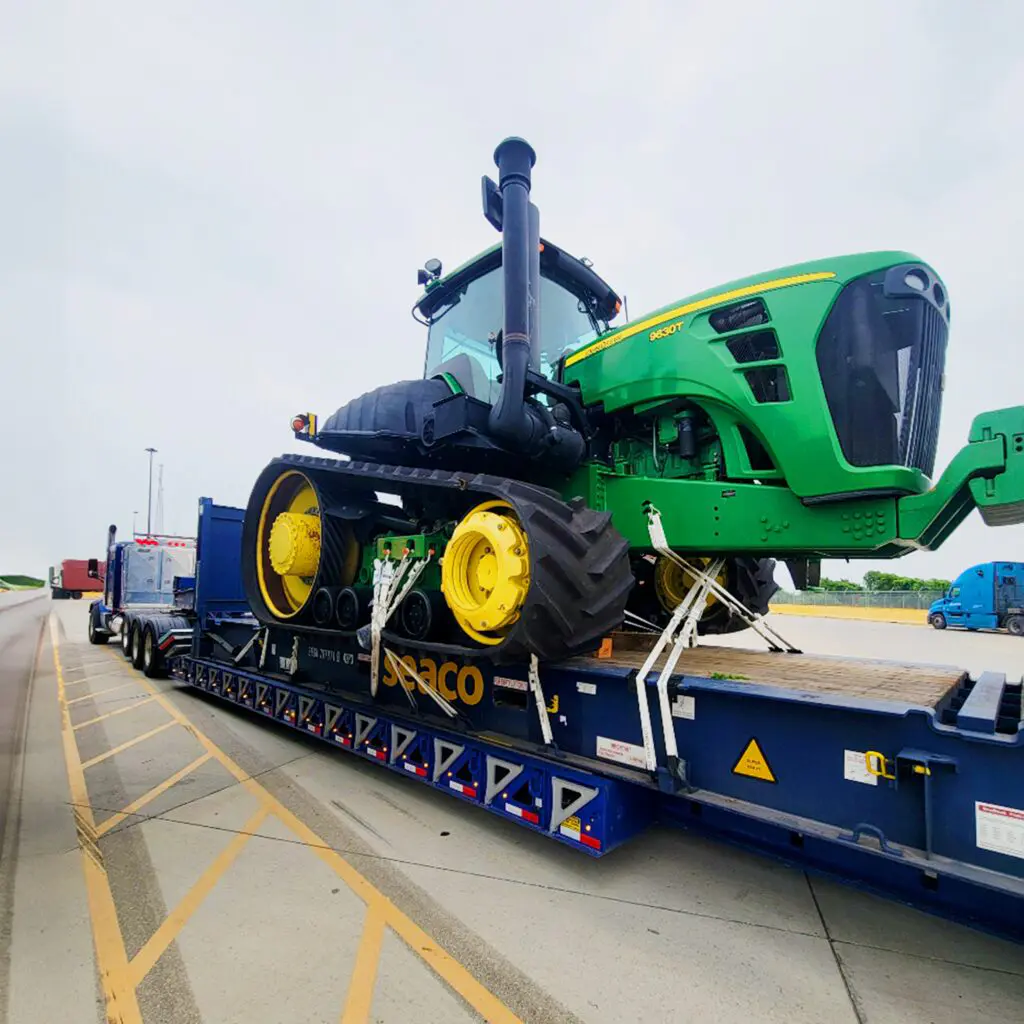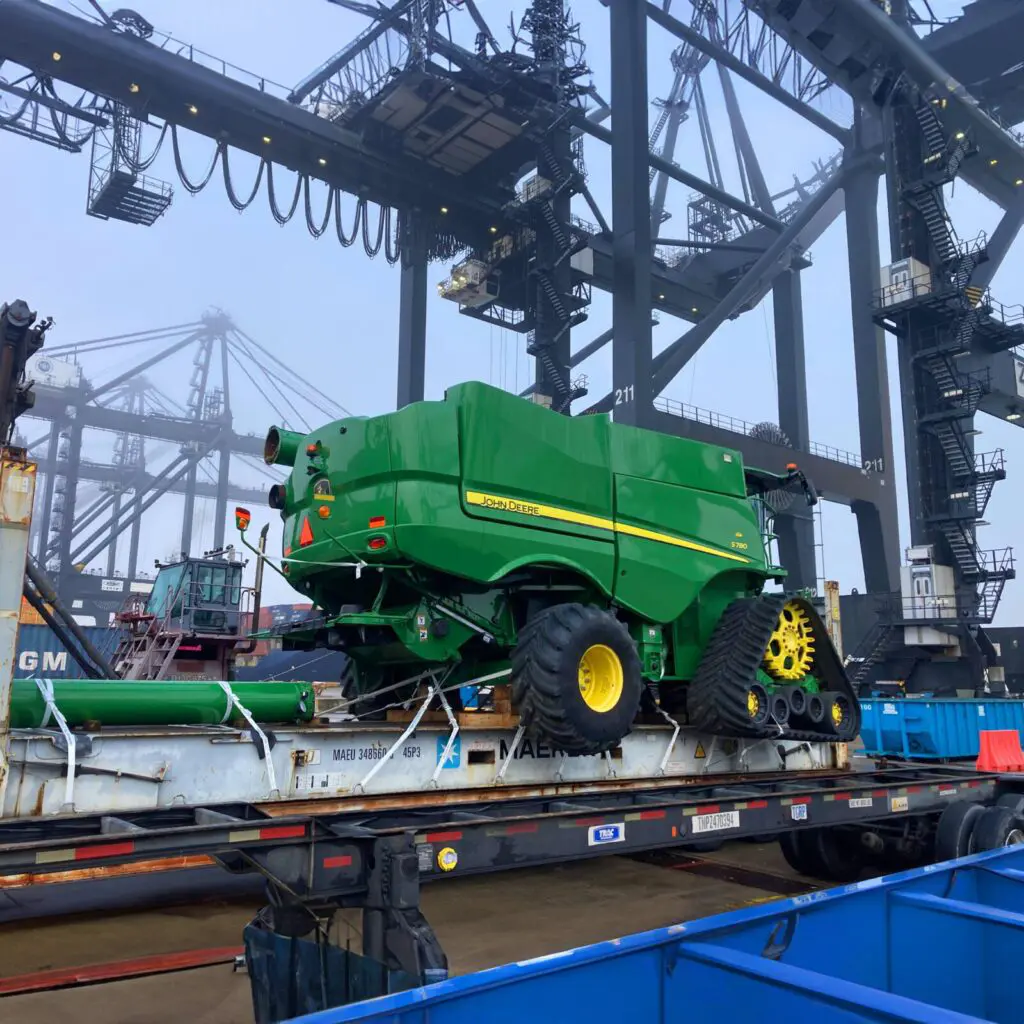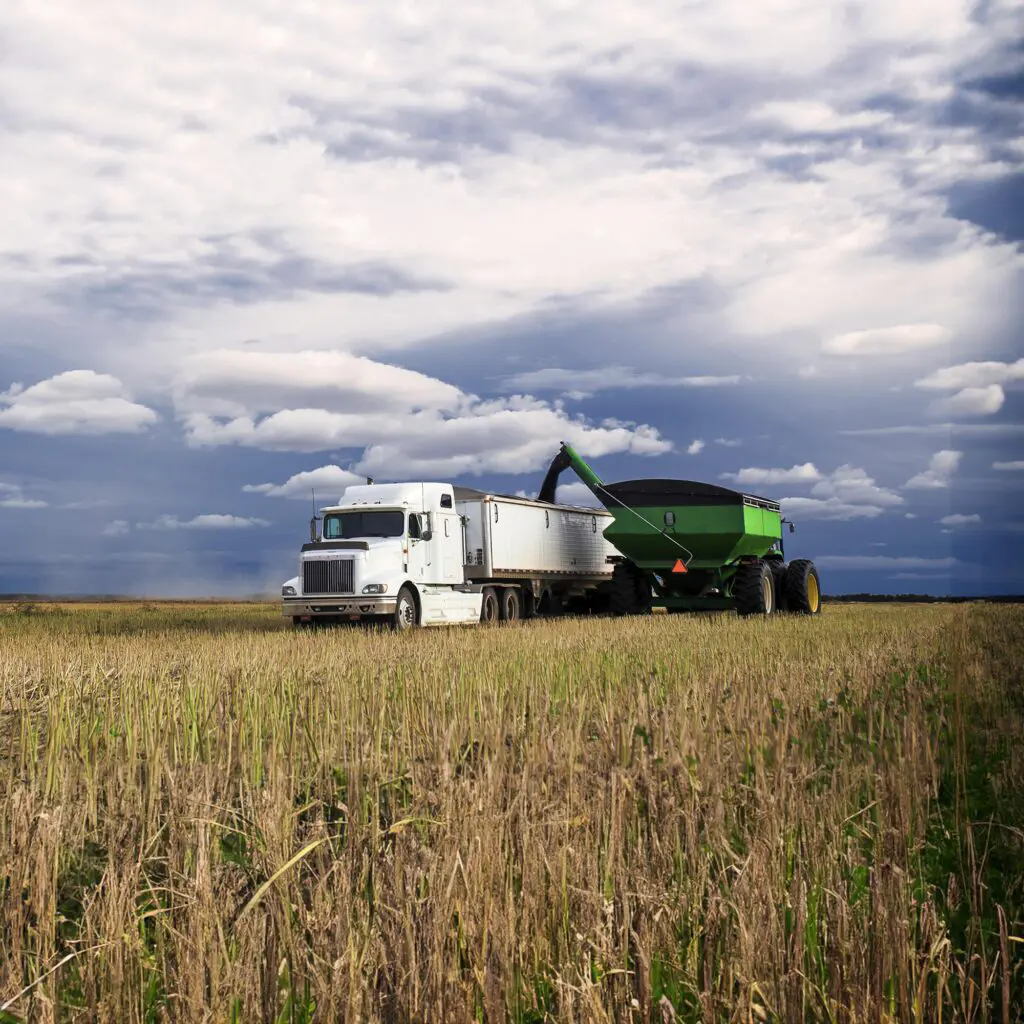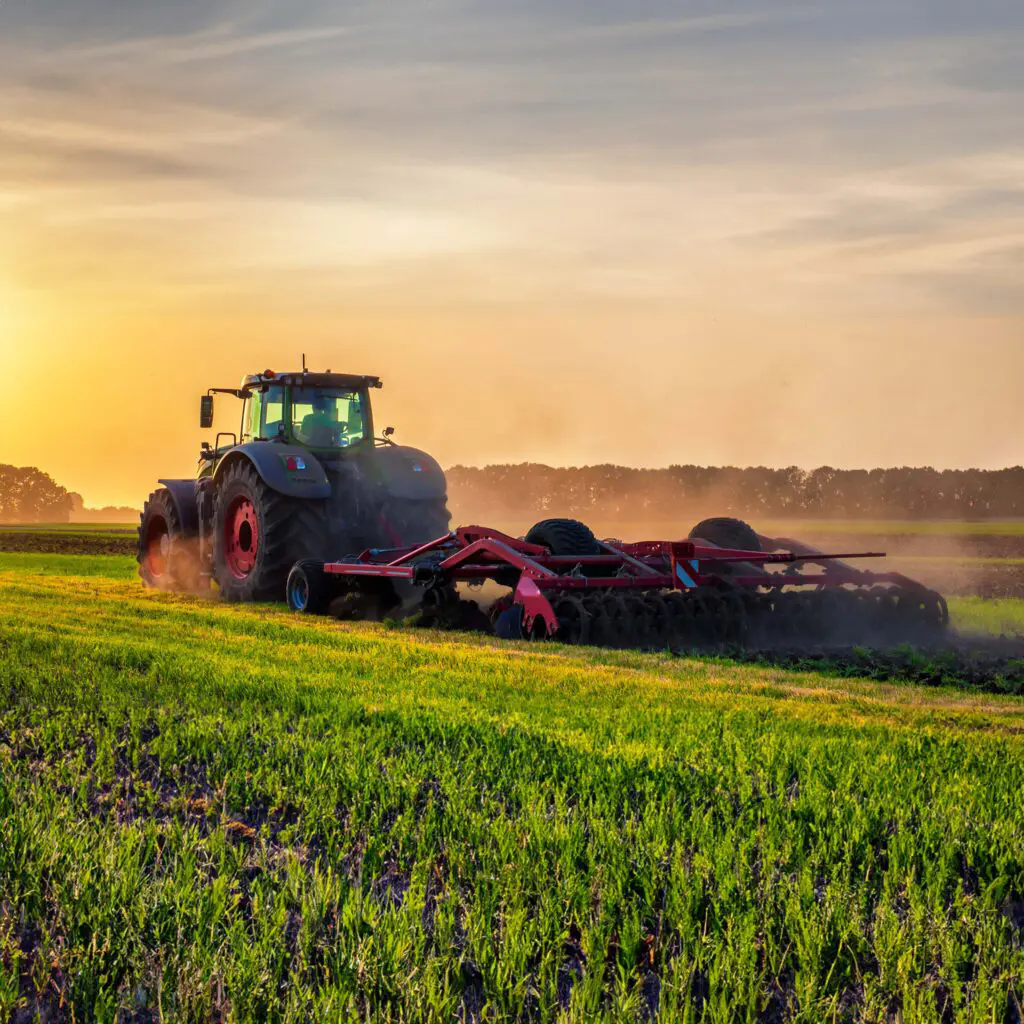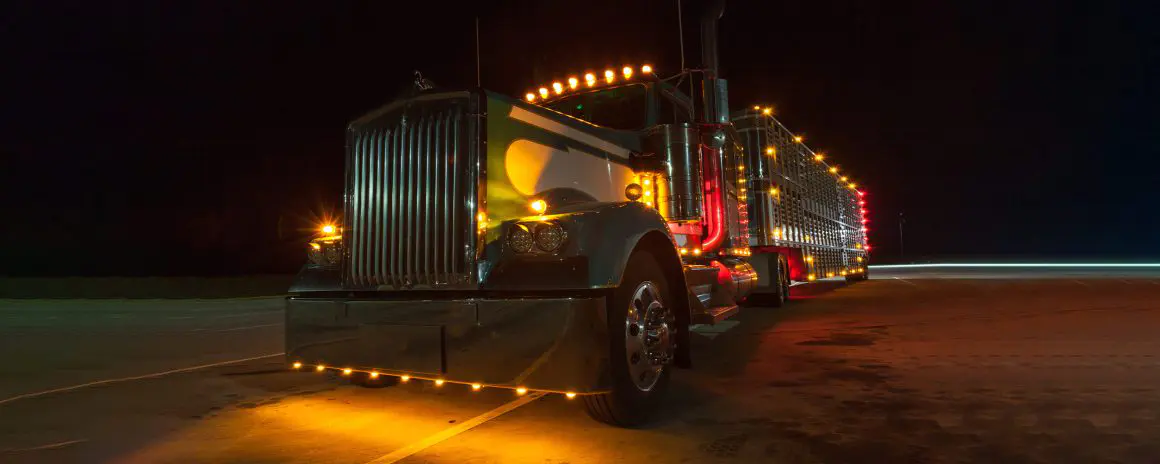These machines demand careful planning and specialized expertise. The first hurdle: each state has specific weight and height limitations for oversized vehicles, and some machines may require permits or escorts due to their dimensions. Additionally, batteries and other onboard electronics might fall under hazardous materials regulations.
Standard flatbed trucks with secure tie-downs might be enough for smaller robots or short distances. Larger ones or cross-country journeys often need specialized trailers like lowboys or step decks. Advanced options with sensors require climate-controlled containers to maintain optimal conditions during the trip.
Rail transport brings its own set of challenges. Infrastructure limitations and scheduling complexities require careful planning and coordination. Moreover, Federal Railroad Administration regulations about hazardous materials (batteries, electronic components, and so on) should be strictly followed.
No matter the chosen method, ensuring cargo will reach its destination without damage is crucial. Atlantic Project Cargo uses the best securement practices like heavy-duty straps, chocks, and proper weight distribution.
